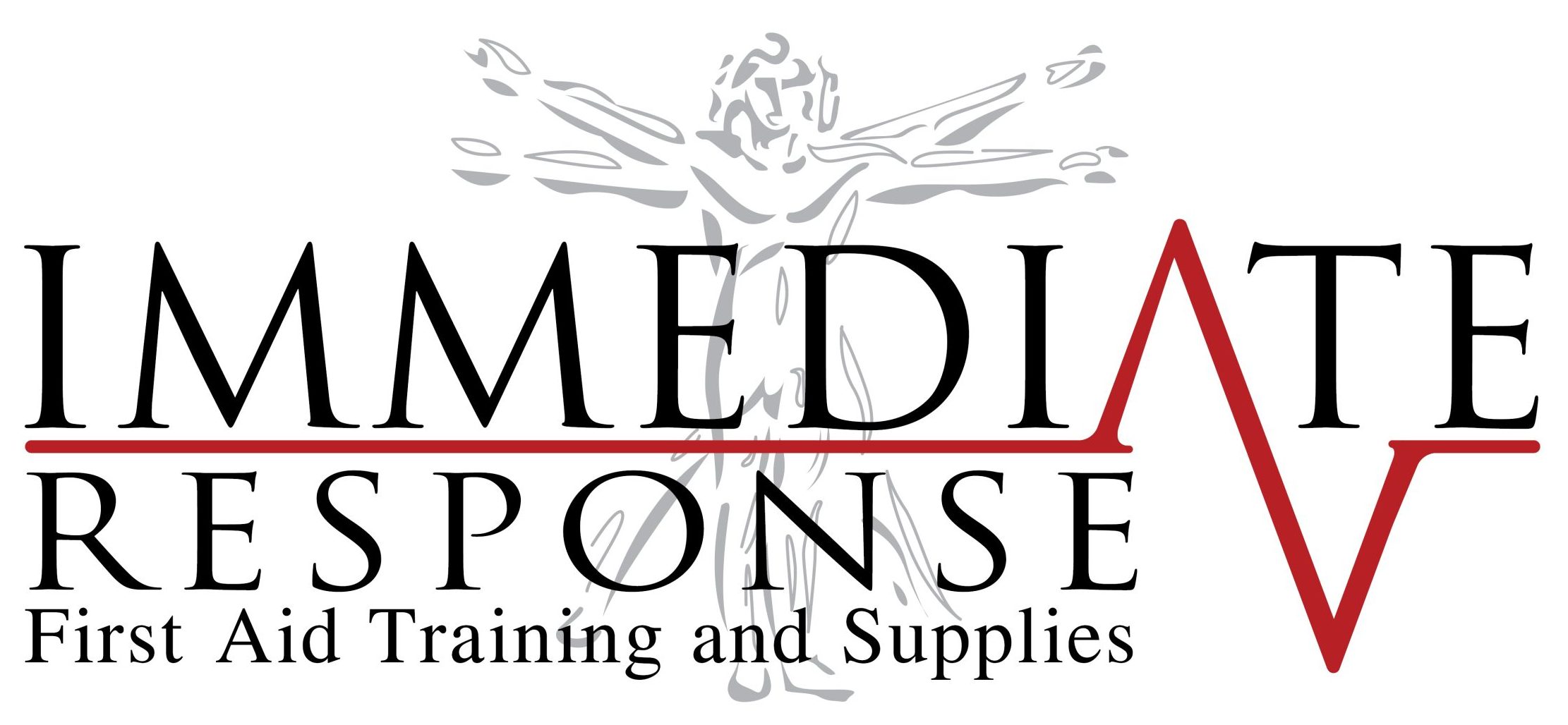Dislocations, Strains and Sprains
Dislocations
Dislocations are common injuries in contact sports, such as football and hockey, and in sports that may involve falls, such as downhill skiing and volleyball. Dislocations may occur in major joints, such as your shoulder, hip, knee, elbow or ankle or in smaller joints, such as your finger, thumb or toe.

 Deformity of the joint.
Deformity of the joint.
 Loss of power and movement at the joint.
Loss of power and movement at the joint.
 Sudden severe pain and tenderness in the affected joint.
Sudden severe pain and tenderness in the affected joint.
 May have some temporary paralysis of the injured limb.
May have some temporary paralysis of the injured limb.

 Follow the DRSABCD emergency action plan
Follow the DRSABCD emergency action plan
 Call 000 for an ambulance.
Call 000 for an ambulance.
 DO NOT attempt to put a dislocation back in place. This can damage the joint and its surrounding muscles, ligaments, nerves and blood vessels.
DO NOT attempt to put a dislocation back in place. This can damage the joint and its surrounding muscles, ligaments, nerves and blood vessels.
 Allow the casualty to support the limb in a position of comfort and then splint in this position.
Allow the casualty to support the limb in a position of comfort and then splint in this position. Apply a cold compress to help reduce pain and swelling.
Apply a cold compress to help reduce pain and swelling.
Soft Tissue Injury – Strains and Sprains
A soft tissue injury is the damage to muscles, ligaments and tendons anywhere in the body. Common soft tissue injuries usually occur from a sprain, strain, a one off blow resulting in a contusion or overuse of a particular part of the body. Soft tissue injuries can result in pain, swelling, bruising and loss of function. It can be difficult to distinguish between a soft tissue injury and a fracture. If unsure, treat the injury as a fracture and seek medical assistance.
Strain
A strain is an injury to a tendon or muscle. A strain or muscular tear is an acute type of injury that results from overuse, overstretching, over contraction or trauma.

 Decreased mobility, weakness of the limb and muscle spasms.
Decreased mobility, weakness of the limb and muscle spasms.
 Swelling.
Swelling.
 Tenderness and pain at the site, increasing with movement.
Tenderness and pain at the site, increasing with movement.
 Tenderness and pain if weight-bearing.
Tenderness and pain if weight-bearing.
 An audible ‘crack’ may have been heard when the injury occurred as the tendon parted from the bone.
An audible ‘crack’ may have been heard when the injury occurred as the tendon parted from the bone.
 Maybe an obvious gap between muscle and bone.
Maybe an obvious gap between muscle and bone.
Sprain
A sprain is an injury to ligaments, the thick slightly elastic bands of tissue that attach bone to bone and permit movement of a joint. It is caused by the ligaments being stretched beyond their normal capacity and possibly torn. Sprains are an acute type of injury that results from trauma such as a fall or outside force that displaces the surrounding joint from its normal alignment, it can be a mild stretch to a complete tear. Sprains can occur in any joint but are most common in the ankle.

![]() Bruising
Bruising
 Pain, increasing on movement.
Pain, increasing on movement.
 Loss of power and ability to weight bear
Loss of power and ability to weight bear
 Swelling
Swelling
 Site tender to palpate (throbbing).
Site tender to palpate (throbbing).

Management for all sprains and strains is R.I.C.E.R.
Treat every sprain and strain as a suspected fracture. Immobilise and seek medical assistance to assess the injury, and ensure no further harm is done to the joint.
 Follow the DRSABCD emergency action plan.
Follow the DRSABCD emergency action plan.
 Call 000 for an ambulance in an emergency situation.
Call 000 for an ambulance in an emergency situation.
 Reassure the casualty
Reassure the casualty

 Rest the injured limb i.e. reduce the movement and use of the limb.
Rest the injured limb i.e. reduce the movement and use of the limb.
 Ice compress should be applied to the injured limb – beware not to over cool the limb.
Ice compress should be applied to the injured limb – beware not to over cool the limb.
 Compression bandage is applied to the affected limb to help reduce swelling.
Compression bandage is applied to the affected limb to help reduce swelling.
 Elevate above the level of the heart to slow down fluid movement.
Elevate above the level of the heart to slow down fluid movement.
 Referral to a medical professional to ensure there is no fracture.
Referral to a medical professional to ensure there is no fracture.

